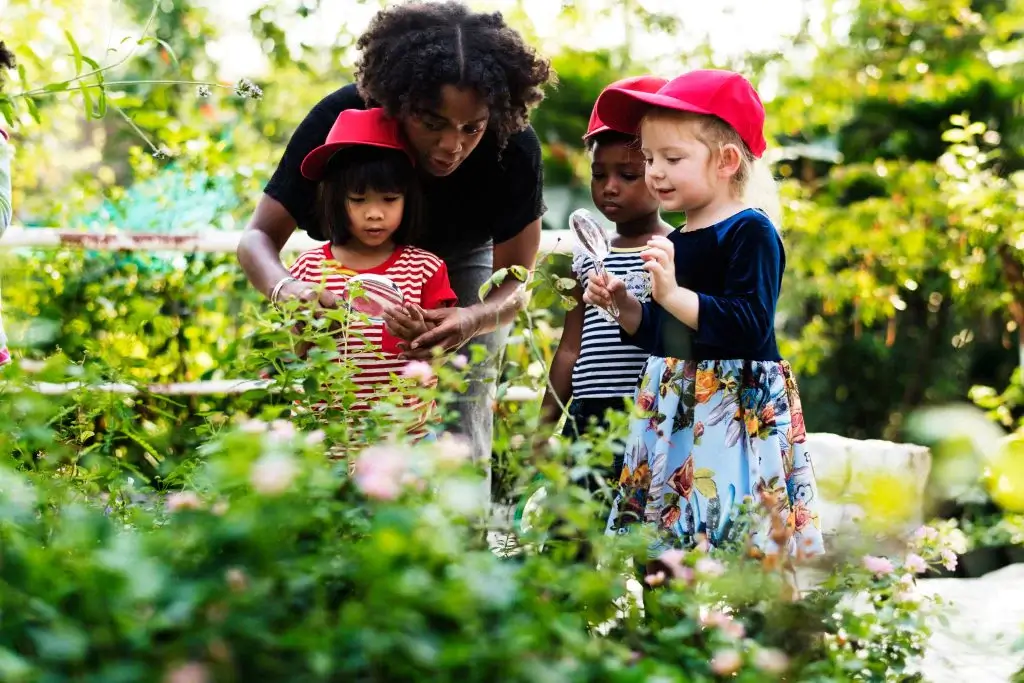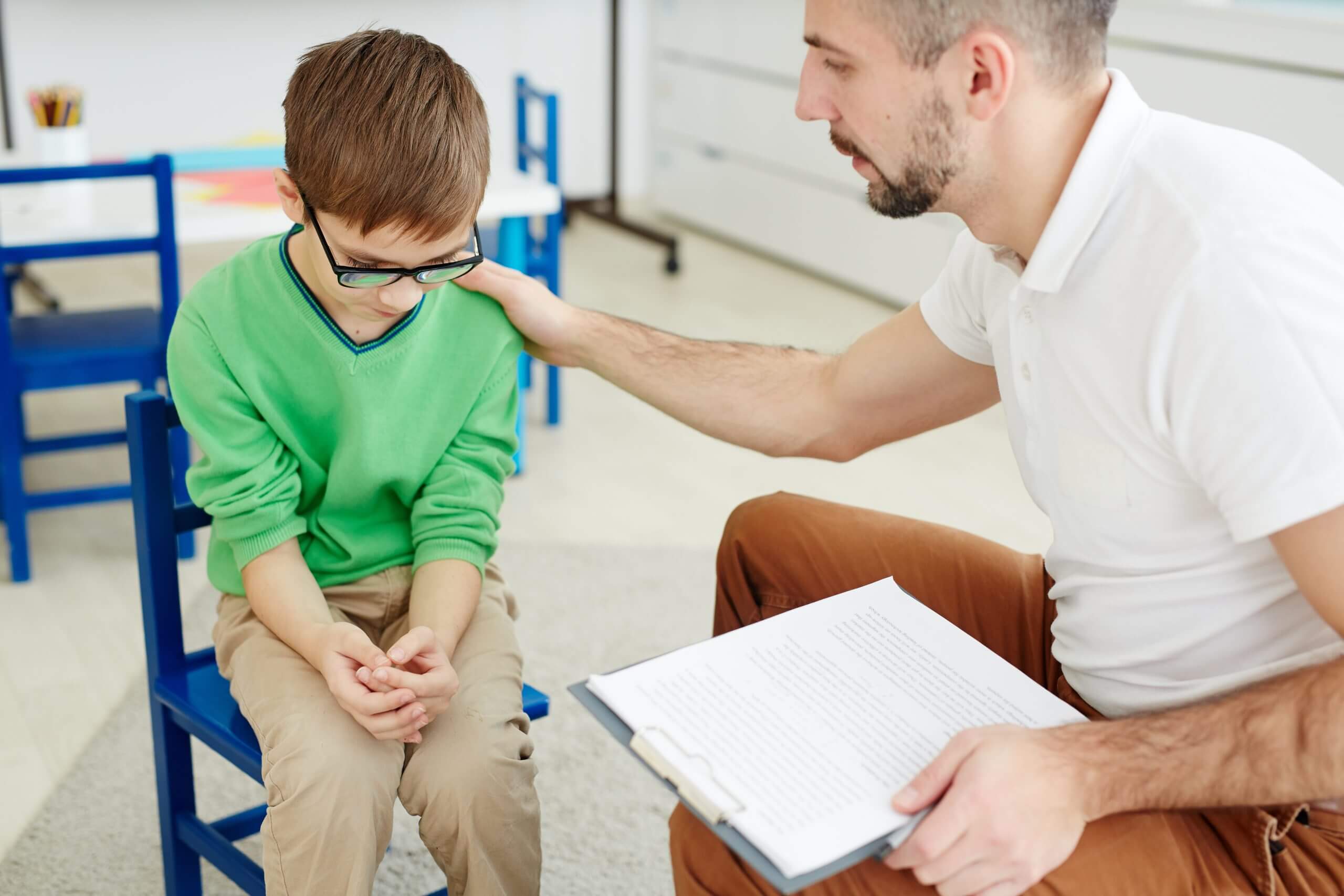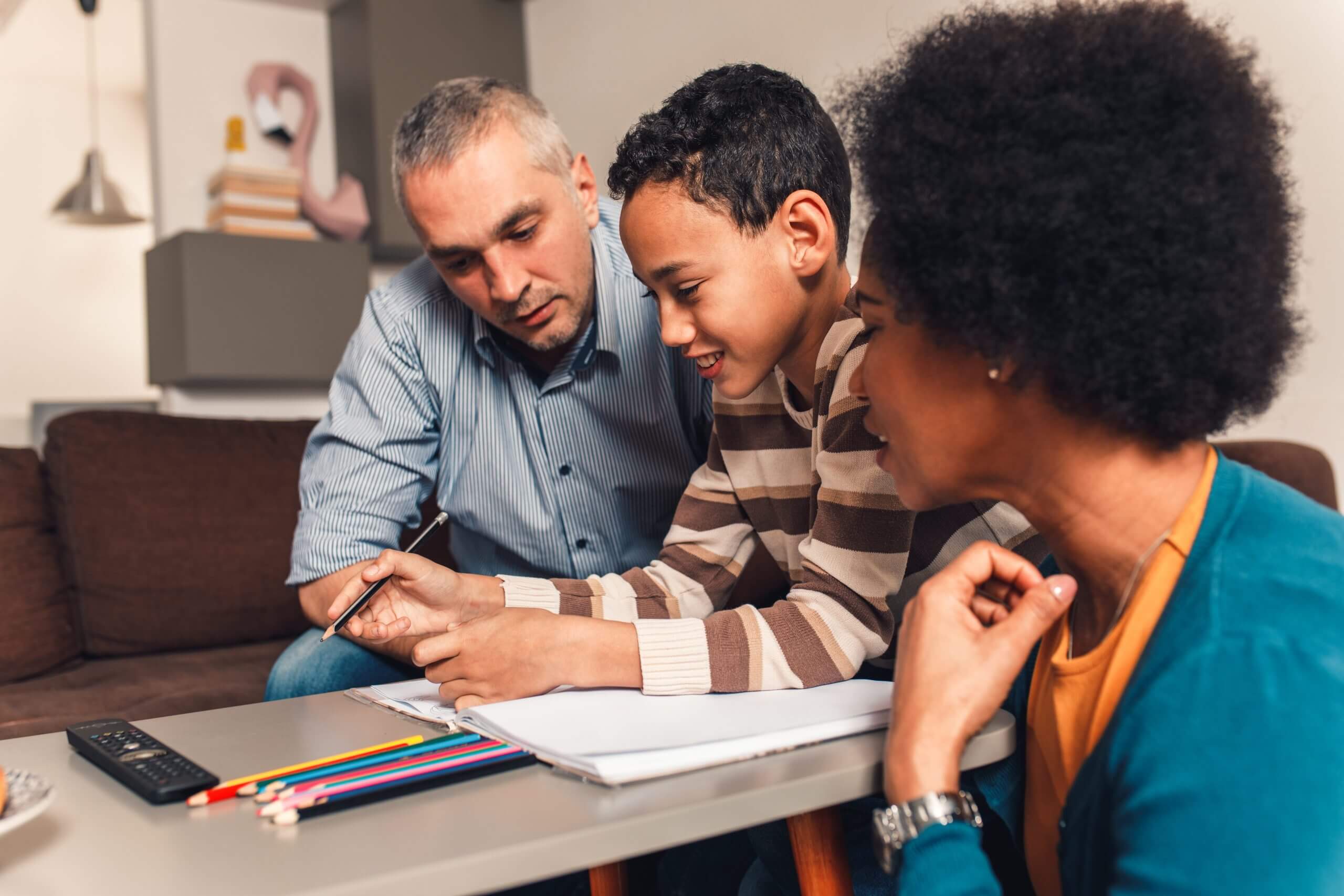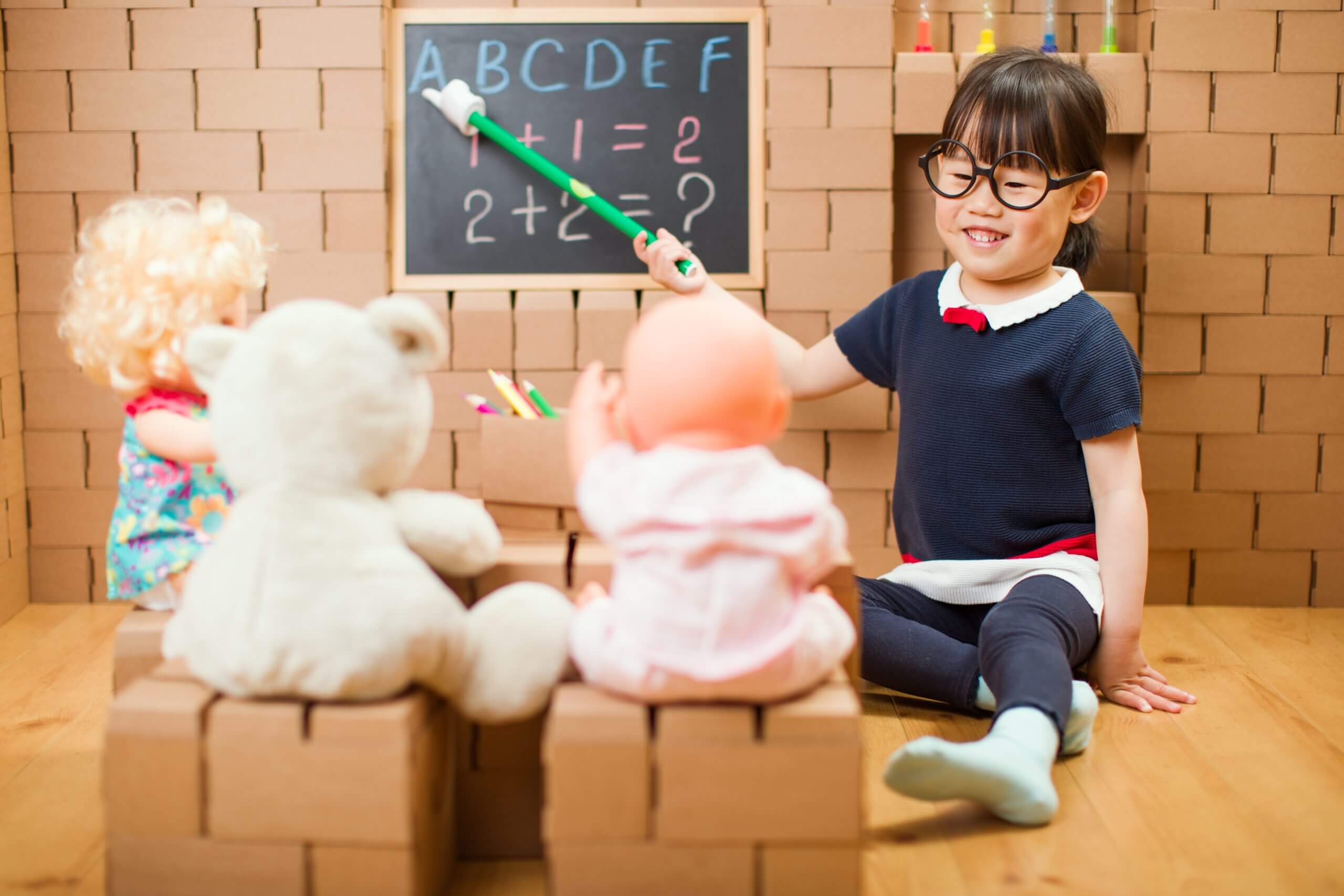
In today’s rapidly changing world, it is essential to prepare children for the challenges and opportunities that lie ahead. While classroom learning is crucial, there is immense value in engaging children in experiential and real-world learning experiences. In this blog post, we will explore the benefits of experiential and real-world learning and provide practical ways to incorporate these experiences into children’s education.
Table of contents
Making Learning Relevant
Experiential and real-world learning helps children see the practical applications of what they learn in the classroom. By connecting theoretical knowledge to real-life scenarios, children develop a deeper understanding of concepts and their relevance in the world around them. This approach fosters curiosity, critical thinking, and problem-solving skills.
Practical Example: Encourage children to explore their interests and passions by engaging in activities outside the classroom. For instance, if a child shows an interest in science, take them to a science museum, conduct experiments at home, or encourage them to join a science club.
Developing Practical Skills
Experiential learning allows children to develop practical skills that are essential for their personal and academic growth. By engaging in hands-on activities, children acquire skills such as teamwork, communication, creativity, and adaptability. These skills are not only crucial for academic success but also for their future endeavors.
Practical Example: Involve children in household activities that require practical skills, such as cooking, gardening, or DIY projects. Encourage them to take on responsibilities and guide them through the process, allowing them to develop confidence and a sense of accomplishment.
Fostering Independence and Self-Discovery
Experiential learning empowers children to take ownership of their learning journey and discover their strengths and interests. By providing opportunities for exploration, children develop a sense of independence, self-reliance, and a growth mindset. They become active learners who are motivated to seek knowledge and embrace new experiences.
Practical Example: Encourage children to engage in hobbies or extracurricular activities that align with their interests. Whether it’s joining a sports team, learning a musical instrument, or participating in community service projects, these experiences promote self-discovery and personal growth.

Connecting with the Community
Experiential and real-world learning experiences provide children with opportunities to connect with their community and develop a sense of social responsibility. By engaging in community service projects, volunteering, or participating in local events, children learn the value of empathy, compassion, and making a positive impact on others.
Practical Example: Research local community organizations or initiatives that align with children’s interests or causes they care about. Encourage them to organize fundraising events to support a charitable cause.
Cultivating Lifelong Learners
Experiential learning nurtures a love for learning and encourages children to become lifelong learners. By embracing curiosity, asking questions, and seeking knowledge beyond the classroom, children develop a thirst for learning that extends well beyond their formal education.
Practical Example: Encourage children to pursue their own research projects or explore topics of interest through books, documentaries, or online resources. Facilitate discussions and encourage them to share their newfound knowledge with others.
Conclusion
Experiential and real-world learning experiences have a transformative impact on children’s education and personal development. By making learning relevant, developing practical skills, fostering independence and self-discovery, connecting with the community, and cultivating a love for lifelong learning, children become well-rounded individuals prepared for the challenges of the future.



